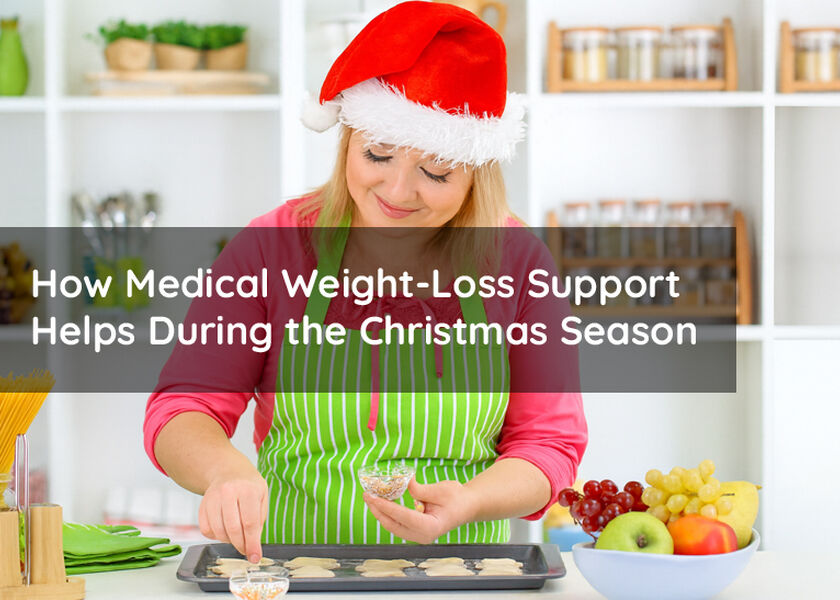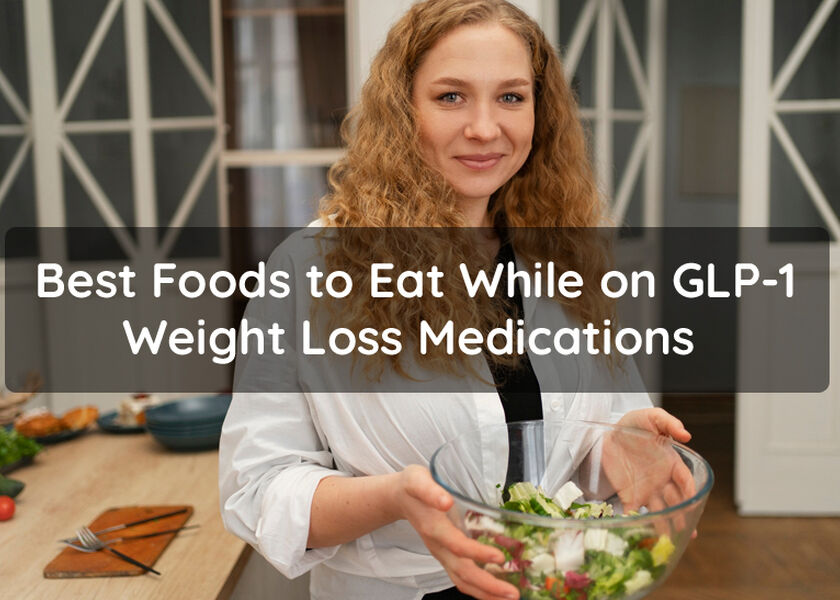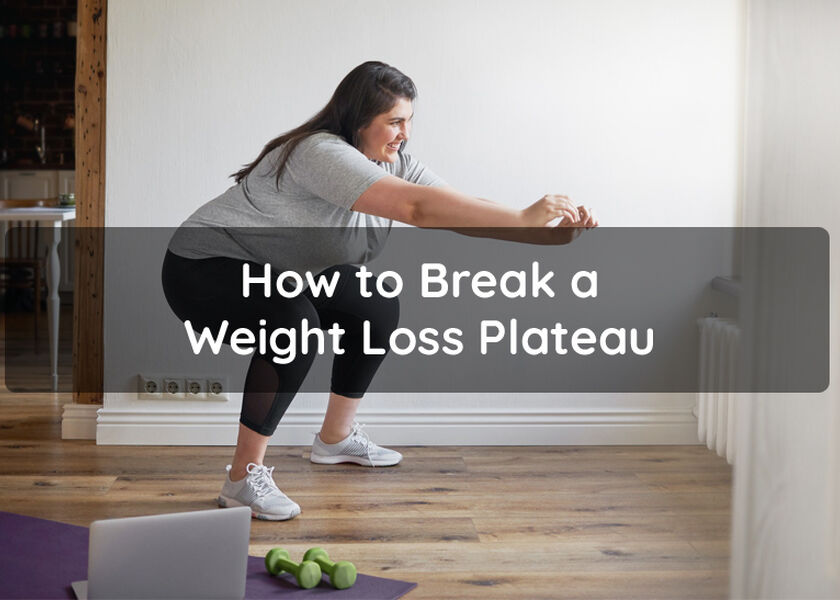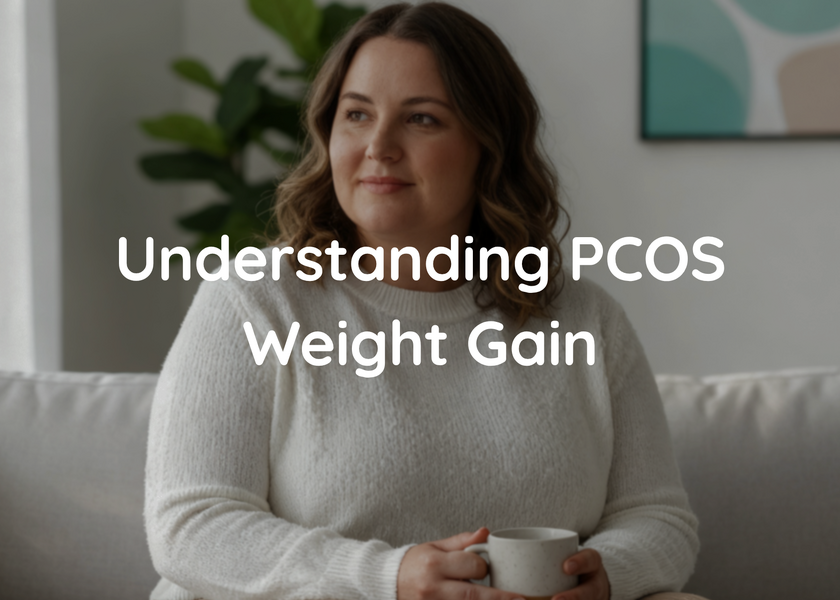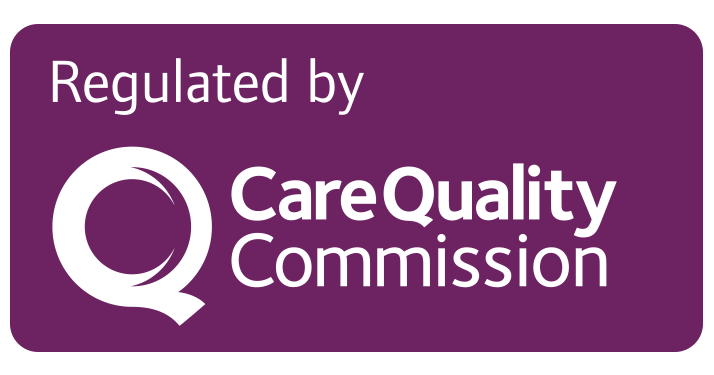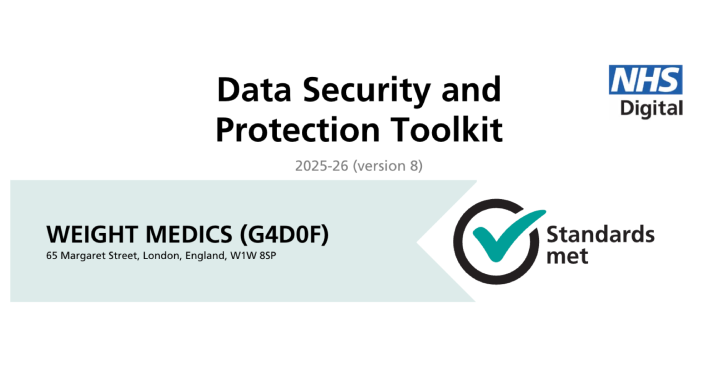
With ultra-processed foods becoming a dominant part of the Western diet, it’s more important than ever to understand what a truly balanced plate should look like. While not everyone has access to a private nutritional therapist, resources like the NHS Eatwell Guide and the BANT Wellness Plate offer accessible, evidence-informed tools to help guide healthier food choices.
In this blog, our in-house nutritionist Annie explores the strengths—and some limitations—of both models, helping you make more informed decisions about your daily diet.
What Is the NHS Eatwell Guide?
The NHS Eatwell Guide is the UK government’s official model for promoting a balanced diet. It’s made up of five segments, designed to reflect the proportions of food groups you should aim to consume over the course of a day:
- Proteins (meat, fish, eggs, plant-based alternatives)
- Starchy Carbohydrates (e.g., bread, pasta, rice, potatoes)
- Fruit and Vegetables
- Dairy and Alternatives
- Oils and Spreads
The guide also provides recommendations on calorie intake, hydration, food labels, and healthy portion sizes. But how does it measure up in practice?
Strengths of the Eatwell Guide
1. Focus on Fruit & Veg Intake
The recommendation of "5 a day" is a positive baseline for improving fibre intake and overall health. However, Annie suggests aiming even higher—up to 7–8 portions, prioritising vegetables over fruit to reduce sugar consumption.
2. Traffic Light Food Labelling
The guide promotes using the traffic light system on food packaging to make informed choices. This is especially helpful when navigating ultra-processed or pre-packaged foods. Stick to items marked green or amber, and limit foods with red indicators for fats, sugars, and salt.
3. Portion Awareness
The Eatwell Guide includes portion guidance and calorie estimates, which can be a useful starting point. However, calorie needs vary significantly depending on individual factors like age, activity level, and body size—so personalised guidance is always best.
Limitations of the Eatwell Guide
1. Overemphasis on Starchy Carbohydrates
While carbs are important, the equal emphasis on starchy foods (like pasta, bread, and rice) may be misleading. These foods break down into sugars, which—if unused—are stored as fat. Annie suggests moderating intake and choosing complex, wholegrain carbs where possible.
2. Promotion of Low-Fat Options
The guide encourages low-fat versions of dairy and other products. While this might seem helpful, low-fat products often contain added sugars, emulsifiers, and artificial thickeners to enhance flavour and texture. Annie recommends focusing on real, minimally processed foods, including healthy fats in moderation, to help sustain fullness and support hormone balance.
3. Juice and Smoothie Recommendations
The NHS recommends limiting fruit juice and smoothies to 150ml per day—a good step, but worth reinforcing. Annie advises drinking fresh juice (not from concentrate), preferably with meals or early in the day, and ideally eating whole fruits instead to benefit from their natural fibre content.
Introducing the BANT Wellness Plate
The BANT (British Association for Nutrition and Lifestyle Medicine) Wellness Plate takes a more functional, therapeutic approach to nutrition. It is designed by qualified nutritional therapists and places a greater emphasis on:
- Vegetable diversity
- Healthy fats (like avocado, olive oil, and oily fish)
- Blood sugar balance
- Minimal reliance on processed carbohydrates
- This plate encourages you to fill half your plate with vegetables, include high-quality proteins and healthy fats, and minimise sugar and refined starches. It's particularly beneficial for individuals dealing with metabolic health issues, such as prediabetes, PCOS, or weight management struggles.
NHS vs. BANT: Which One Should You Follow?
Both plates provide valuable guidance—but your choice should depend on your health goals, lifestyle, and unique nutritional needs.
- The NHS Eatwell Guide is an accessible, general framework suitable for most people.
- The BANT Plate offers a more therapeutic, lower-sugar approach, ideal for those looking to optimise metabolic health or manage weight more effectively.
- At Weight Medics, our expert-led programmes combine trusted dietary frameworks like these with personalised advice, ensuring you get the support that aligns with your body, lifestyle, and goals.
Final Word from Annie:
“Guides like these are helpful starting points—but they’re not one-size-fits-all. Always focus on whole, real foods, balance your macronutrients, and choose what works best for your energy, digestion, and long-term goals.”
Want Help Personalising Your Nutrition?
Book a consultation with one of our registered nutritionists or weight loss clinician to create a plan that’s tailored to you.
BANT PLATE

- Grains and starchy carbohydrates are limited to ¼ of the plate so reduced from the NHS plate. They tend to not highlight bread and pastas as the go-to options but instead highlight grains, pulses, legumes, squashes, sweet potatoes which all contain higher levels of nutritional value than white potatoes, starchy breads and pasta.
- Protein is indicated as a ¼ of the plate and where possible should be Free Range, Organic, Grass Fed or plant-based ½ the plate comprises of a Rainbow of non-starchy carbohydrates consisting of Leafy Greens, Cruciferous
- Vegetables, and colourful salads
- Fats are limited and highlighted as Mono and Poly Unsaturated fats – Olive oil, oily fish, avocados, Nuts and Seeds in moderation
- It also highlights optimal hydration but warns against artificially sweetened drinks
- It touches on supplementation which in some areas we would all benefit from
Finally, it promotes daily exercise which is also key to the maintenance of good health
Written by | Annie Gill | CNM, BANT, CNHC, ANP
References
https://www.nhs.uk/live-well/eat-well/the-eatwell-guide/
https://bant.org.uk/bant-wellness-dietary-guidelines/
https://www.nutrition.org.uk/healthy-eating/
https://www.bmj.com/content/382/bmj-2022-072931
https://www.hsph.harvard.edu/nutritionsource/healthy-eating-plate/

